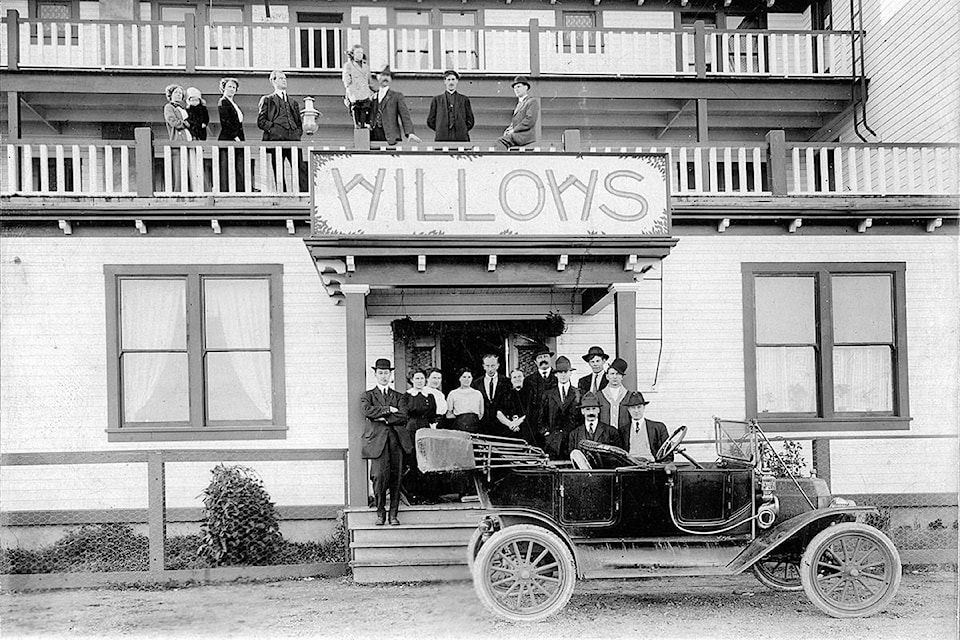How would you feel if a car trip from Campbell River to Courtenay took a full day?
In the not-so-distant past, travel by road was much less common than travel by sea.
The first vehicle owned and driven by a Campbell River resident was in 1912. The car was a Model “T” owned by Carl O. Thulin. At the time this was a hot commodity with its folding top, wooden spoke wheels, and plate glass windshield enclosed in a brass frame.
There was no need for a driver’s license and no traffic, driving in Campbell River could have been any driver’s dream come true. Speed limits, which I imagine were difficult to enforce before the days when the local RCMP had vehicles, were 10 miles per hour in town, 12 miles per hour in wooded country and 25 miles per hour in open country.
Although this may not seem terribly fast by today’s standards, it meant in open country you were travelling around twice the speed of a cantering horse.
RELATED: The long winding road to Tofino-Ucluelet—then and now
RELATED: Take a 1966 road trip on the Pat Bay from Victoria to Swartz Bay
Early roads in Campbell River were extremely narrow, covered with gravel, and fraught with hazards. In an article in the Campbell River Courier in 1962, Thulin talked about his car and early days of driving in Campbell River.
“There was a fairly good trail to McIvor Lake. It was one-way of course, so if you met someone you had to back up until you found a spot to turn.” He also described challenges going up hills when the gravity-fed gas tank, located under the seat, was downslope of the motor it was feeding.
Another obstacle was that there were very few roads at the time. With limited numbers of cars on the road and the high cost associated with road building, it was not likely cost-effective to invest too heavily in developing infrastructure for the new technology.
With the creation of Strathcona Park, there was great excitement about opening the park up to more access, so a road from the Quinsam River to Buttle Lake, capable of accommodating motor cars, was built in 1915. It was difficult work, and the ambitious plans required clearing a 33-foot-wide path of timber and other vegetation, building ditches, constructing 131 culverts and four bridges (with one bridge spanning 150 feet!).
In an attempt to beautify the access road to the park, they also planted plane trees, mountain ash, golden willow, Scotch broom and other species of trees, shrubs and flowers along the sides of the road. The work was never fully completed, however, due to the war. The road continued to have issues until the 1960s when the mine started up and the mining and logging companies completed the road.
It was 1921 before Campbell River got its first garage. I know my car wouldn’t appreciate nine years without an oil change, so as you can imagine, early Campbell River owners had to become amateur mechanics in order to keep their vehicles performing well.
The Thulins were the first to open a car garage in Campbell River, which at the time serviced all six cars that were based in the community. As you likely realize, motor cars weren’t simply a passing craze but it’s fun to consider how drastically this technology has changed our community in the last 100 years or so.
By Erika Anderson, Museum at Campbell River. For more news from Vancouver Island and beyond delivered daily into your inbox, please click here.
